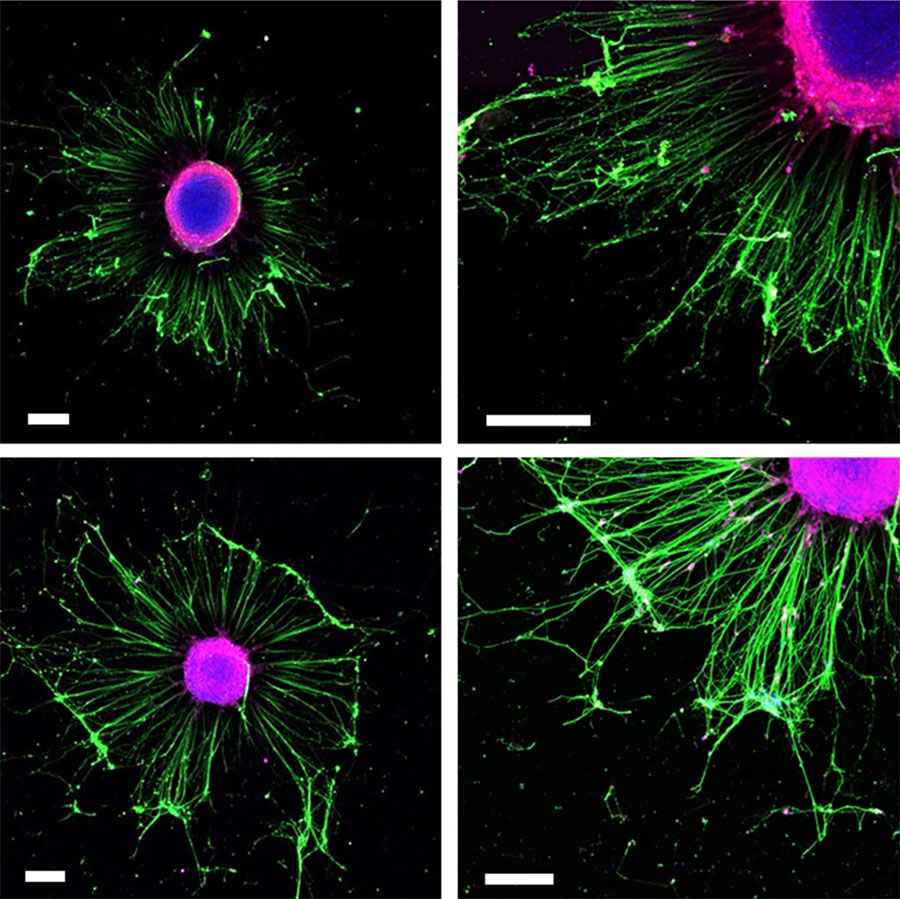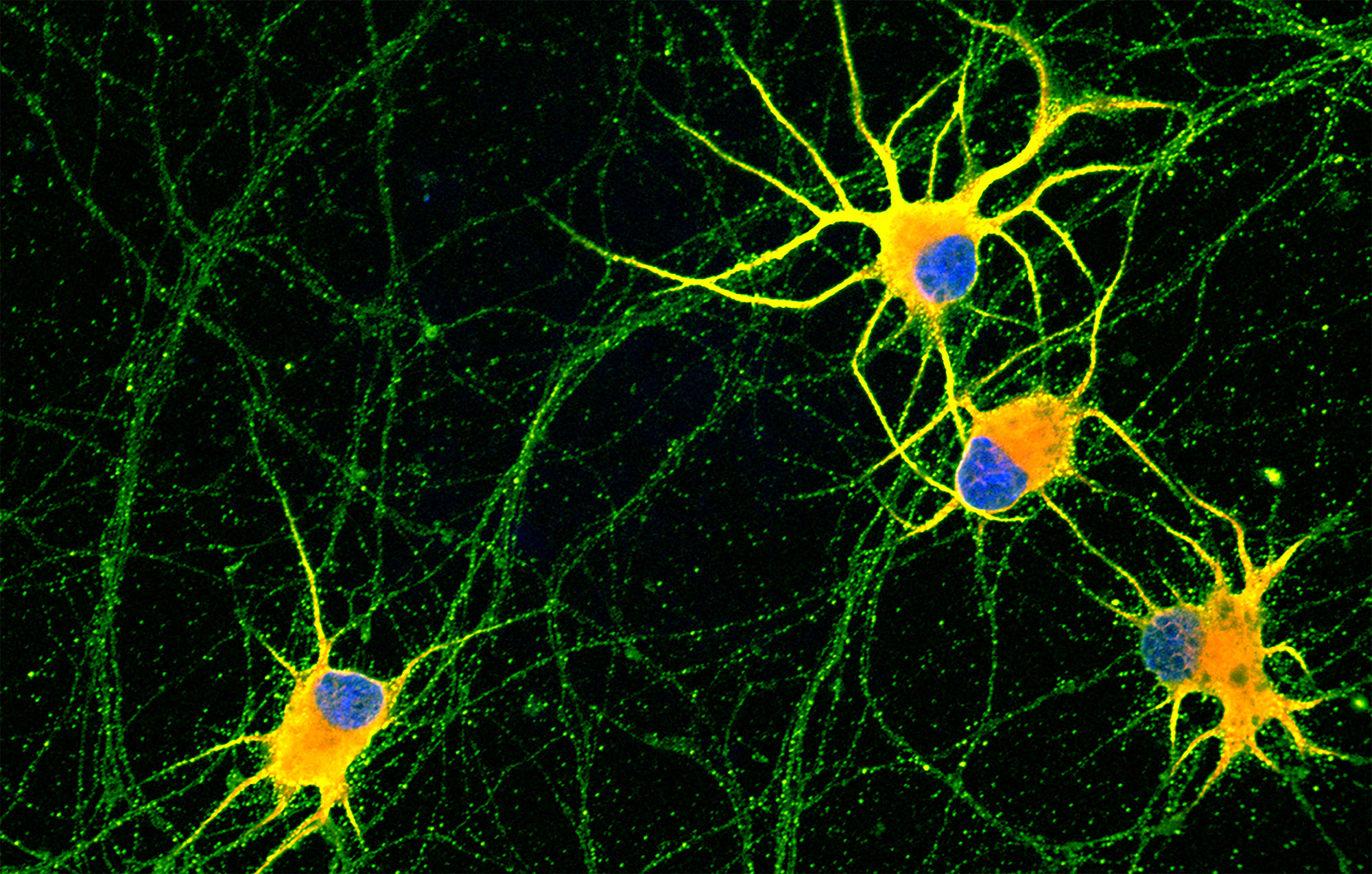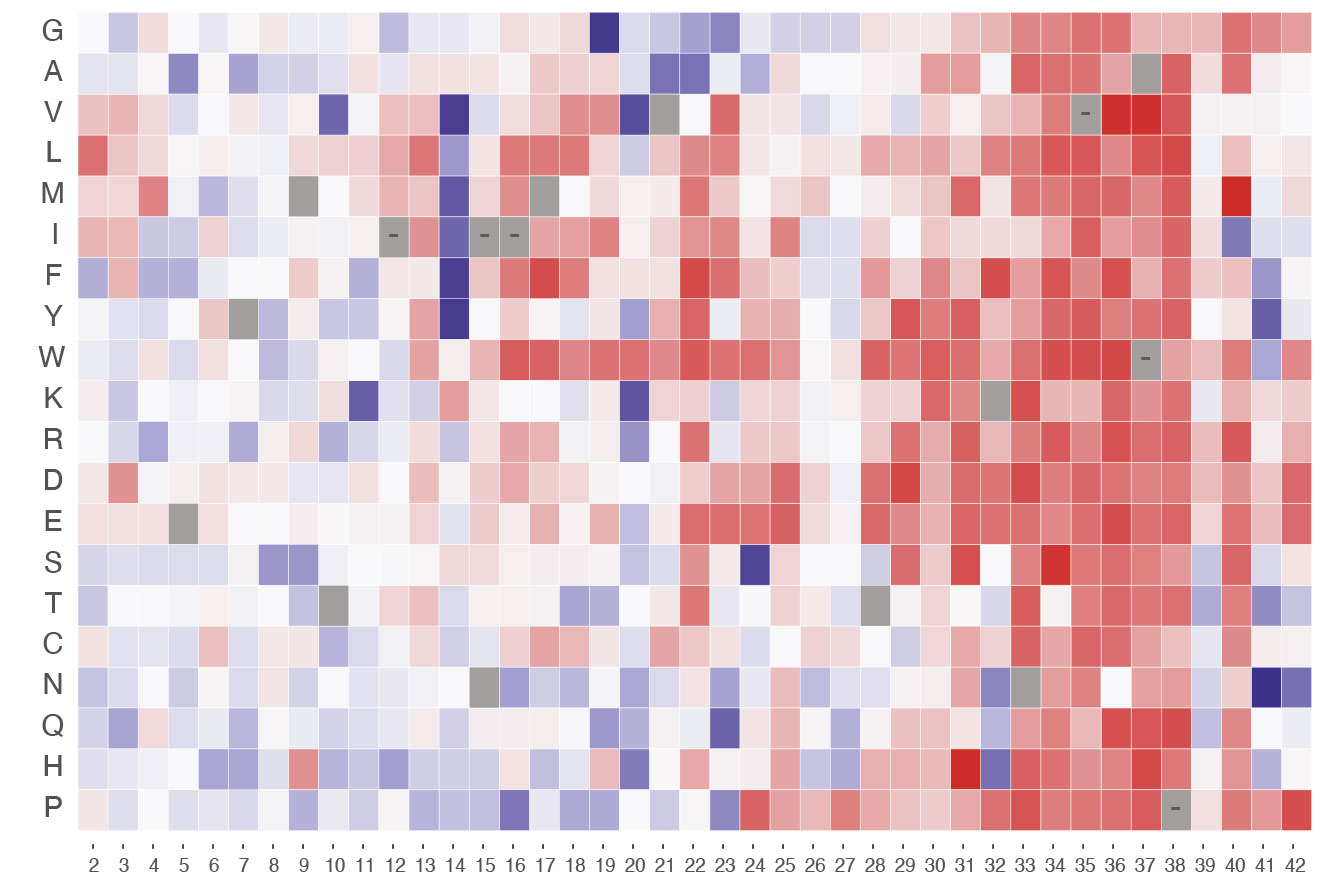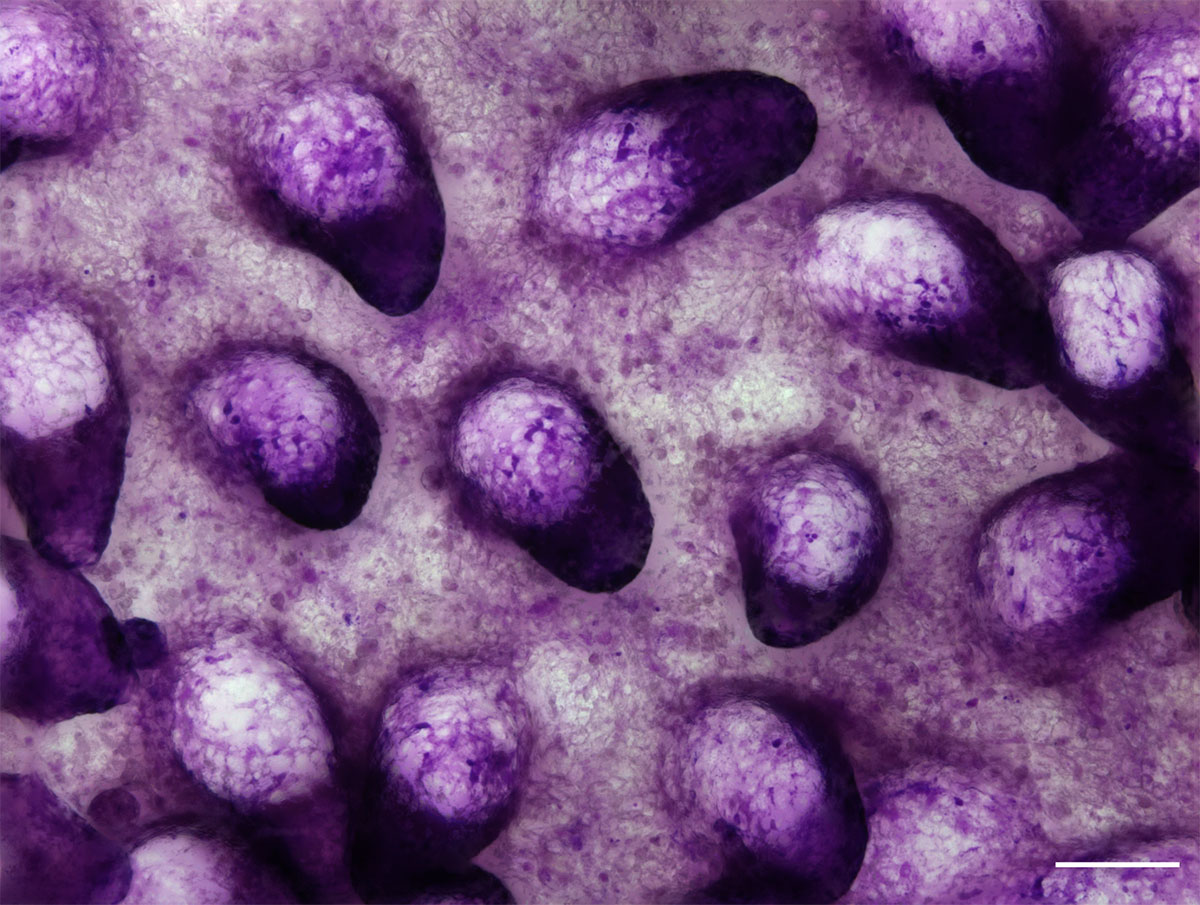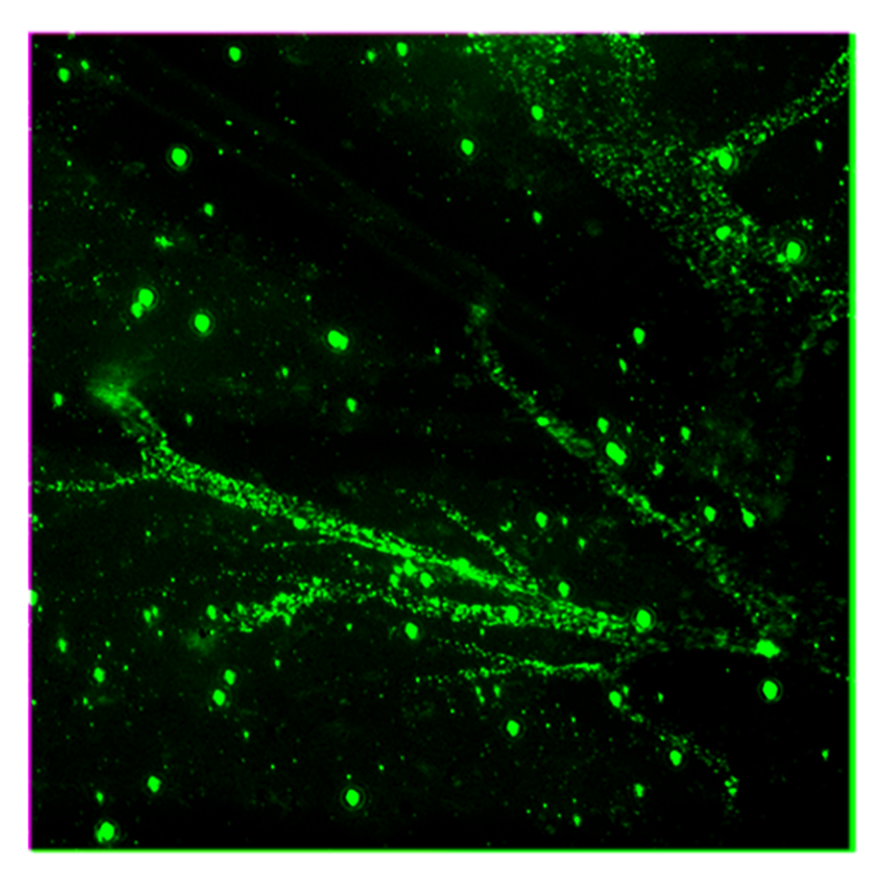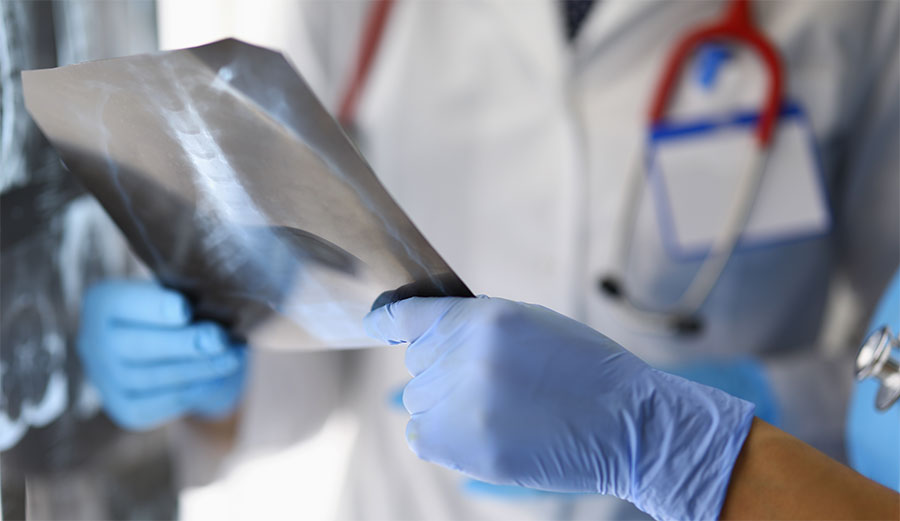IBEC researchers discover how to improve the existing antibiotics and develop new antimicrobial treatments
In a new study carried out by researchers from the Institute for Bioengineering of Catalonia (IBEC), improved so that they are more effective in much smaller doses, which opens the … Read more


